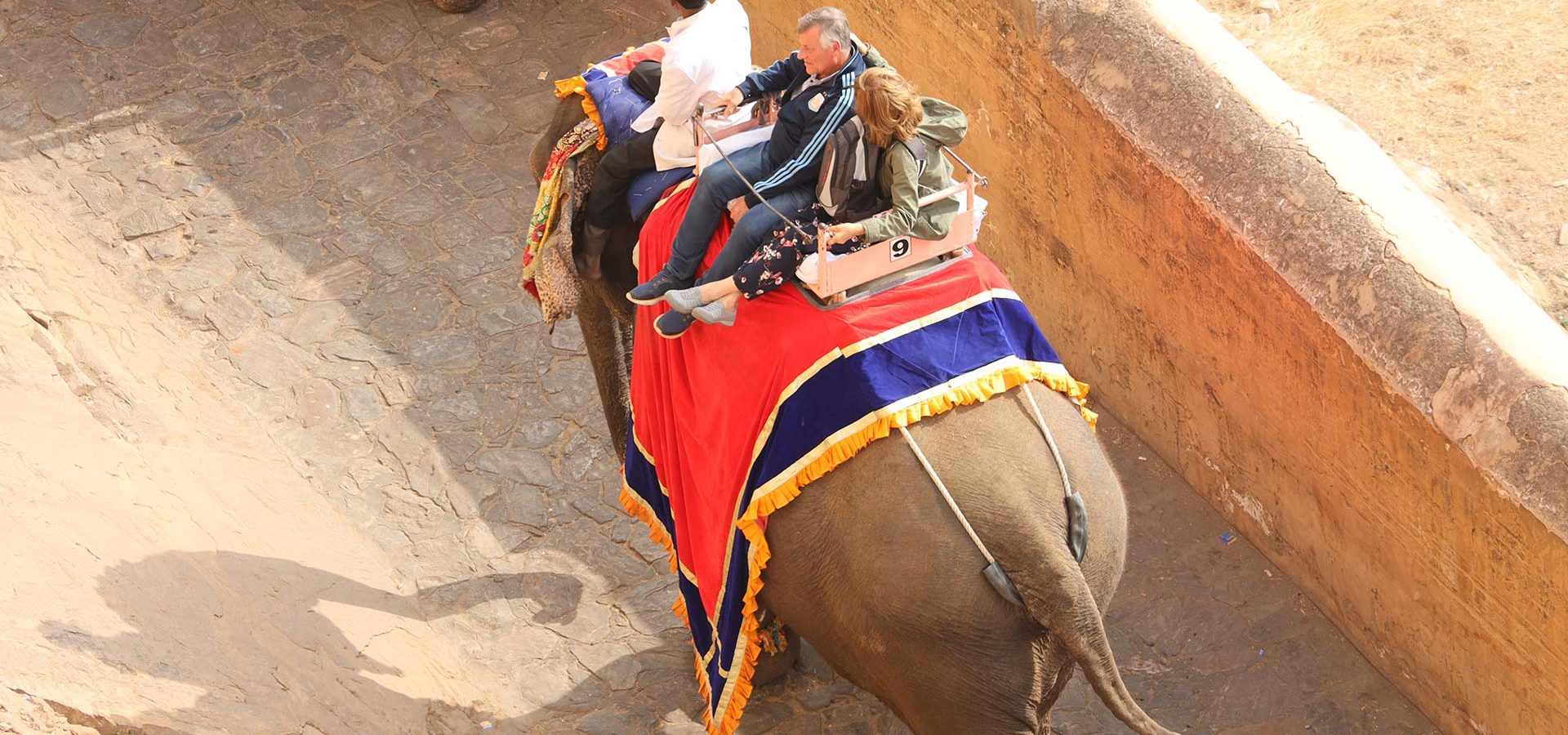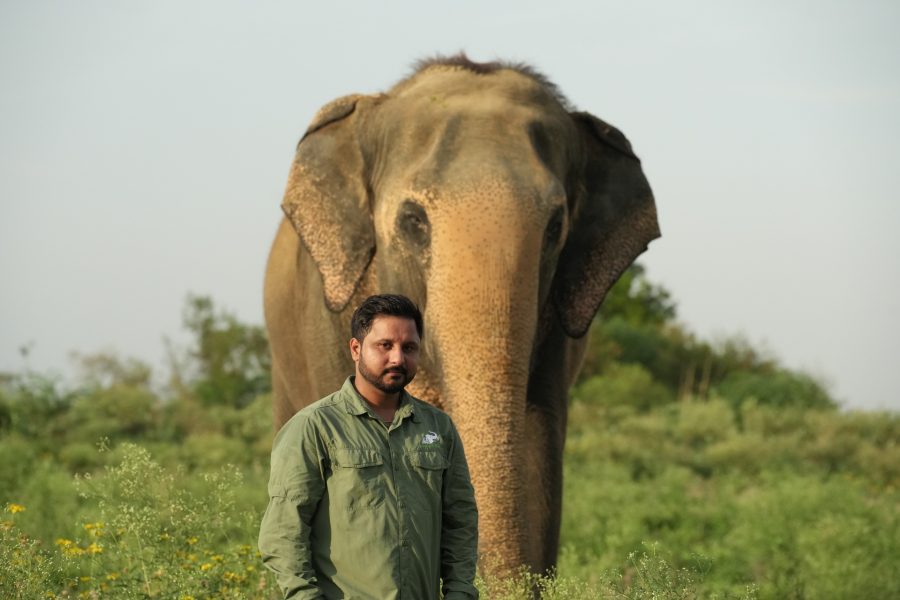Most of our supporters heard recently that a new elephant by the name of Rama arrived at our hospital. Our routine with each new patient is to do a thorough examination that includes x-rays, blood draws, eye examinations, gait analysis, wound measurements and a variety of other diagnostics. Even if it is believed an elephant is ‘unlikely’ to have a certain pathology because of their age, our veterinary team takes the added precautions to assess their full body, organs and musculoskeletal system to ensure there is no underlying injury that needs to be addressed.
Because these safeguards are in place, our medical team decided to take x-rays of Rama’s spine. At 25, he is an age that many would consider ‘in his prime.’ The expectation was that the images would be unremarkable. However, that was far from his reality.
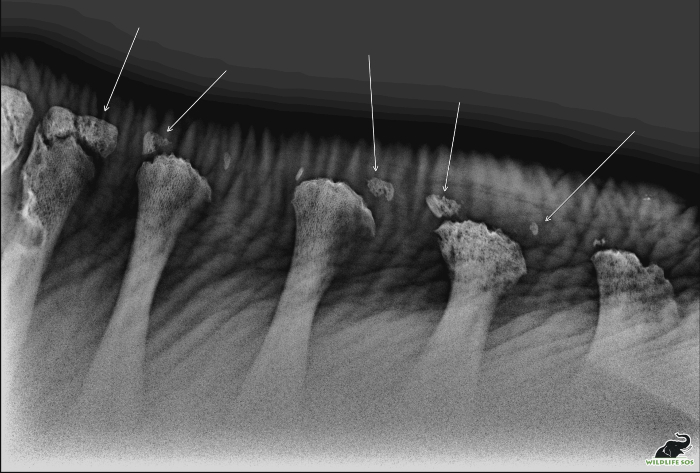
One look at Rama’s x-rays and major problems stood out, multiple fractures throughout his spinal column. What would cause such injuries? The answer might surprise (and infuriate) you.
Although bull elephants can weigh 10,000 lbs (4,000 KG) or more and their trunk can lift and throw a small vehicle, there is the misconception they have the strength and build to carry heavy loads long distances on their backs. The perpetuation of this myth is sadly creating grievous and permanent injuries to elephants kept in captivity like Rama.
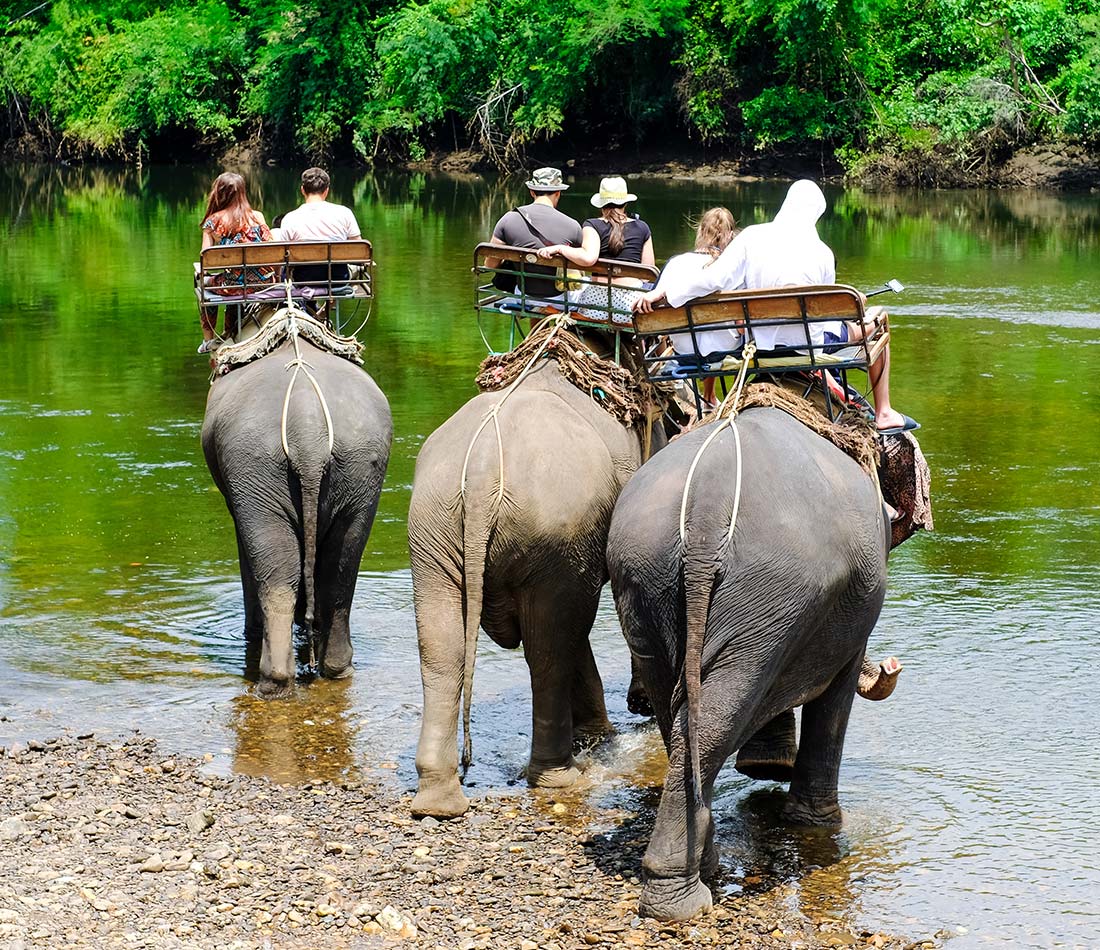
Many people believe the fallacy that having a couple of people riding on the back of an elephant is ‘harmless’. But if you look at Rama’s x-rays, you would have to re-evaluate that assumption. Throughout his spinal column there are countless locations indicating serious displaced bone fractures. The x-rays don’t show the ligaments, nerves and other structures. Therefore, a full understanding of his injuries are undiagnosed. But from the information we are able to determine, it looks like he would have had these problems developing over the last few years, at least.
So, how does an elephant have fractures in his spine yet still continue to work? That is ultimately the problem. Elephants suffer in silence, and because of their jumbo size, few question the extent of their suffering. Another false conclusion people make is that because of their size and their thick skin, they have a high pain threshold, which results in immense long term suffering for elephants.
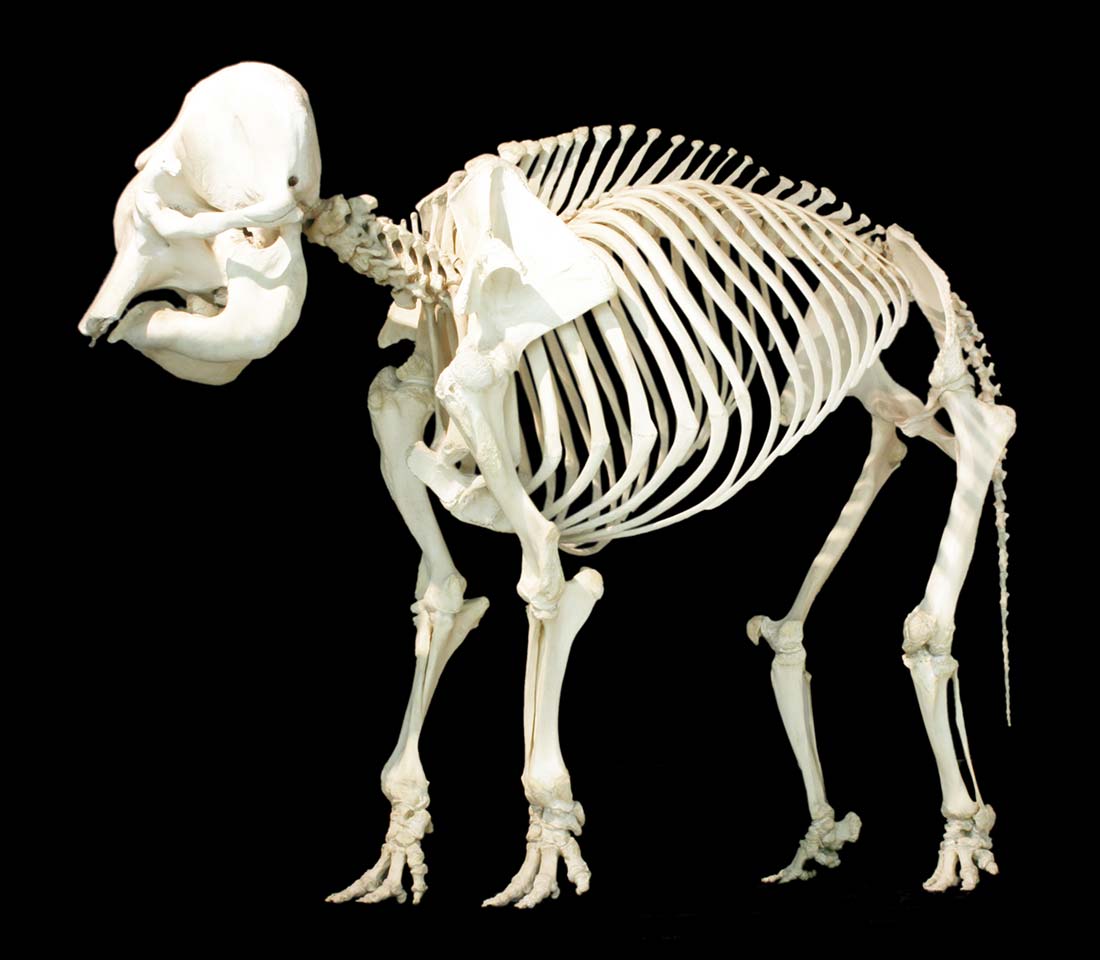
Wildlife SOS has had a ‘Refuse to Ride’ campaign for many years now and it is cases like Rama’s that reinforce the need for the public to have a paradigm shift that if you love elephants, you will not ride elephants. Rama’s case is not an anomaly, if you look at the skeletal system of an elephant you can observe that they have not evolved to carry heavy loads on their backs.
It’s important that people realize that riding an elephant can cause back injuries similar to what you would expect to see if an elephant was involved in a collision with a vehicle. Daily microtrauma will ultimately have crippling effects on elephants, even the largest among them.
Rama is one elephant that prior to taking the x-rays we had no awareness of the spinal problems he had. Sadly, we have no idea how many others there are like him that have serious medical problems that are undiagnosed and are forced to suffer and work in silence. It shows the need for there to be bi-annual medical evaluations of all captive elephants in India. If you have not signed our petition, we hope you will do so now.
We also hope you will continue to spread the message that those who care about elephants should ‘Refuse to Ride’.

